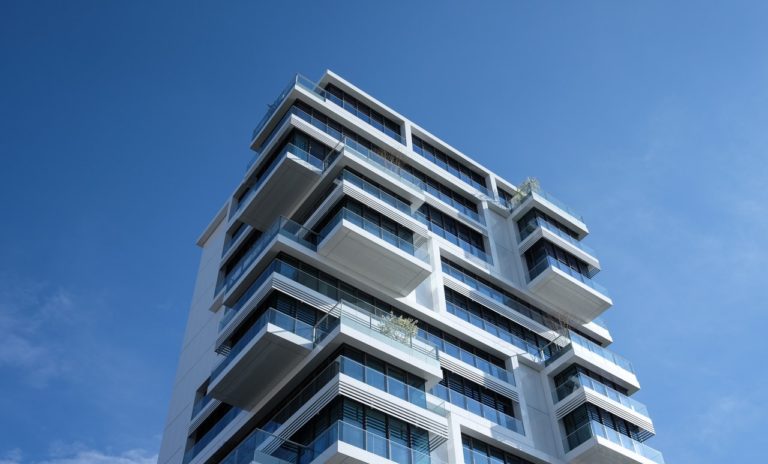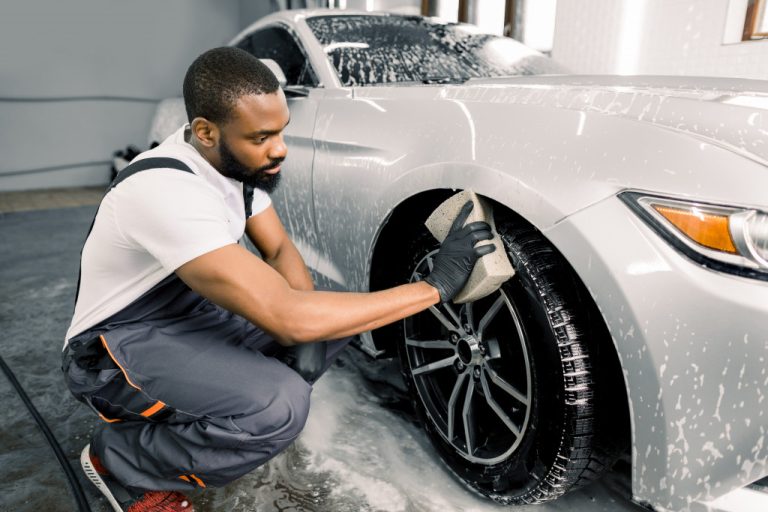During the pandemic, one fact that’s become true is the need for the real estate market — and other markets — to recover. Businesses have been in lockdown since it was announced early last year, and the situation has yet to come back to what can be said as a ‘normal’ situation.
The day-to-day grind of showing all-inclusive rental apartments and building properties have indeed slowed down when compared to last year. The industry — along with the agents — is trying to look for other ways to bolster the markets and try to guess what will happen soon. In truth, the effects of the coronavirus won’t fade away, and we’ll have to live with it for a long time.
Some of these predictions may not come true, but some of them are beginning to surface. Here’s how the market might look after vaccines have been distributed and herd immunity starts kicking in.
The clamor for bigger apartments will come back
You might’ve come across small apartments designed with the minimalist arrangements that are so big right now. The prediction for these apartments is that larger apartments will soon become in demand again. Even small apartment owners will be considering an upgrade to larger homes and spaces.
Perhaps it’s tied up a little into the current pandemic. Larger apartments can also be roomier and have more space for more airflow, which is a significant need right now. Besides that, some of them may have extra space outside for those looking for broader breathing room for more outdoor activities that don’t have to go very far.
Tech will always become a big thing
The trend before the pandemic shows that there has been a movement towards urban living. While more than a few people think the demand for this will ebb, it seems it won’t make people budge just a bit. Take the example of Amazon’s Jeff Bezos, who bought a Manhattan condo in the city where $100 million of his money is invested.
The case against moving into the suburbs is that most important buildings aren’t located there. Singapore and Hong Kong are mostly urban city-states, but they fared better in containing COVID-19 than places in the U.S. Moving into a rural setting rarely helped in the battle against the virus.

Homes with office spaces will be big
With most of the office work moving into homes because of the pandemic, remote working will eventually boom and become an option for the foreseeable future. The prediction for real estate is that the demand for extra spaces in homes that can be converted into home offices will also go up.
Demand for outdoor spaces will also become more of a necessity than a luxury. Some people relish the chance to work in the outdoors. Some real estate clients are already looking for this, with others who received properties with this affixed grateful that they managed to buy a property with this included.
The suburbs are good choices, too
While there are no essential buildings here, the suburbs still experience a surge in home sales. This is because people are even thinking the suburbs are safer than staying in the city centers. Another might be that most of the work can be done at home — people don’t see sense in living near offices and the business district.
Surveys done among various respondents revealed a 46% to 39% chance that people are looking for suburban or rural settings when looking for a home. In contrast, only 14% are amenable to living in an urban area or central city territory.
Home prices may increase this year
The new year may also bring a bit of a shock to homebuyers’ wallets since it is expected that an increase of 2% to 3% may happen to home prices. Despite that increase, it is also likely that buyer interest in the market will also increase from 6% to 10%.
The sales for homes will come from people who may have seen the worth of remote working. In the past, they may have been content with their homes. Now they are looking for places where an extra bedroom or a permanent home office setting might be available.
This early in 2021, some businesses may still be locked down tight. But there is a case for people buying homes and driving the surge for those looking for new homes. The ‘new normal’ can be cited as the driving force behind these improvements in the real estate market this year.



